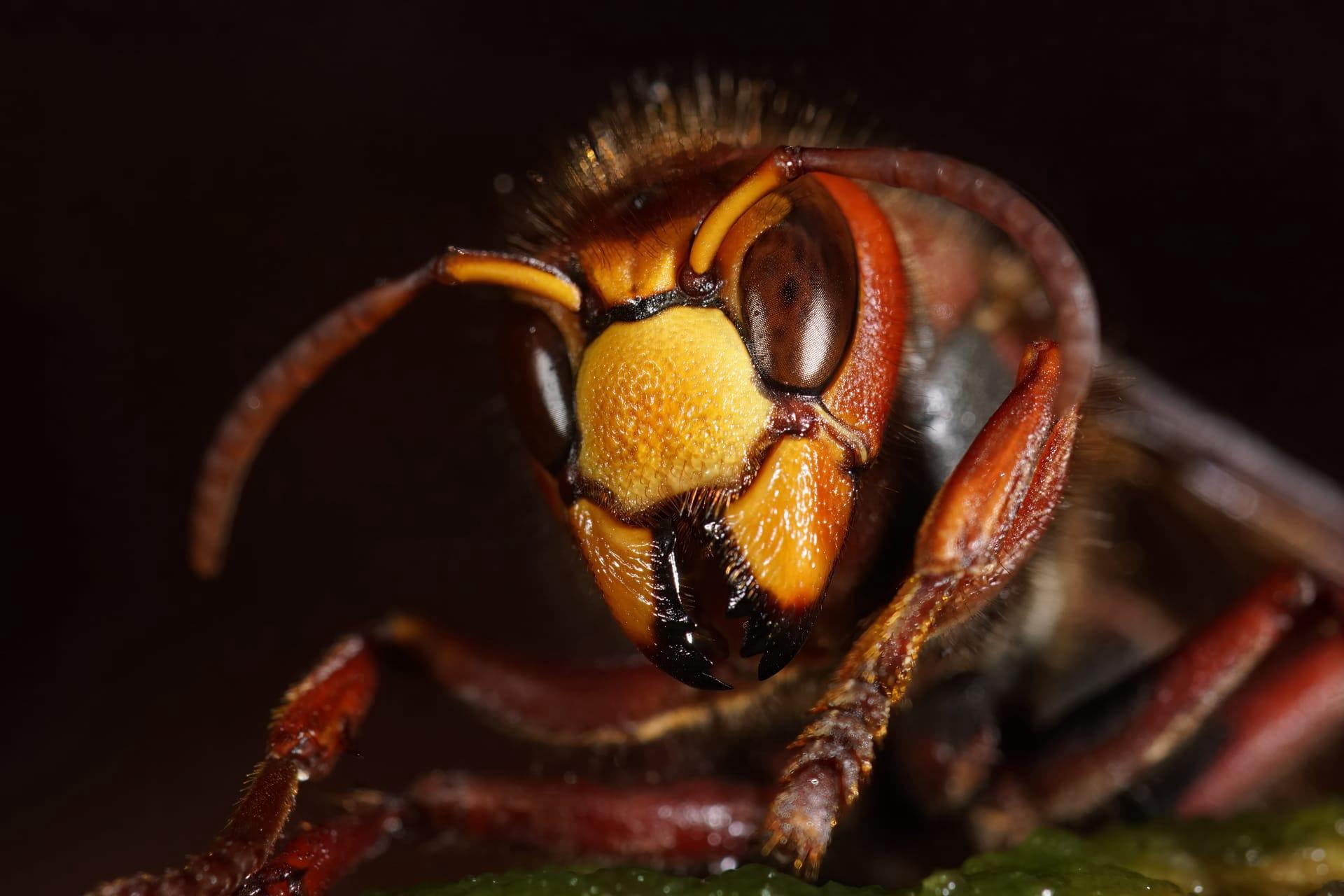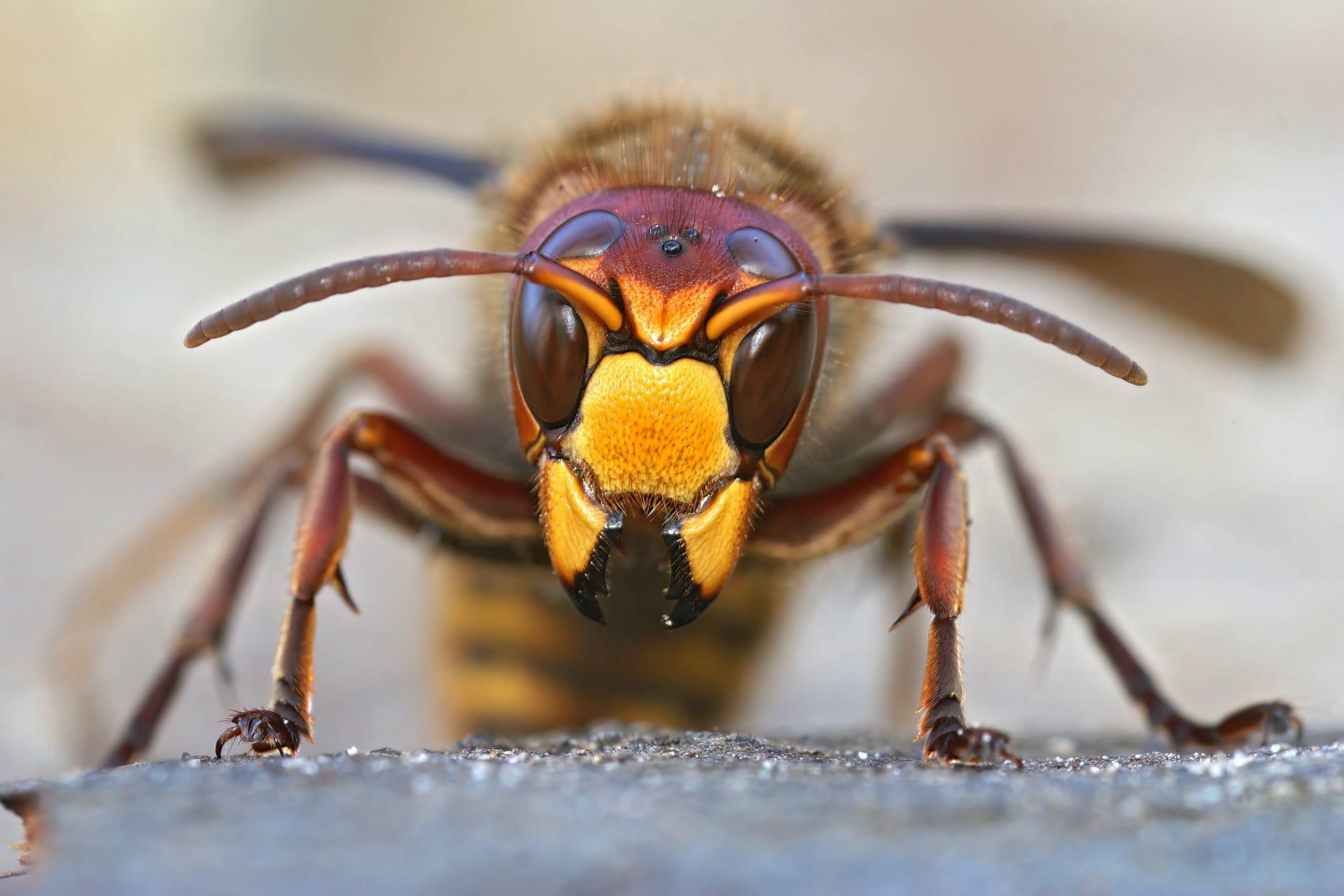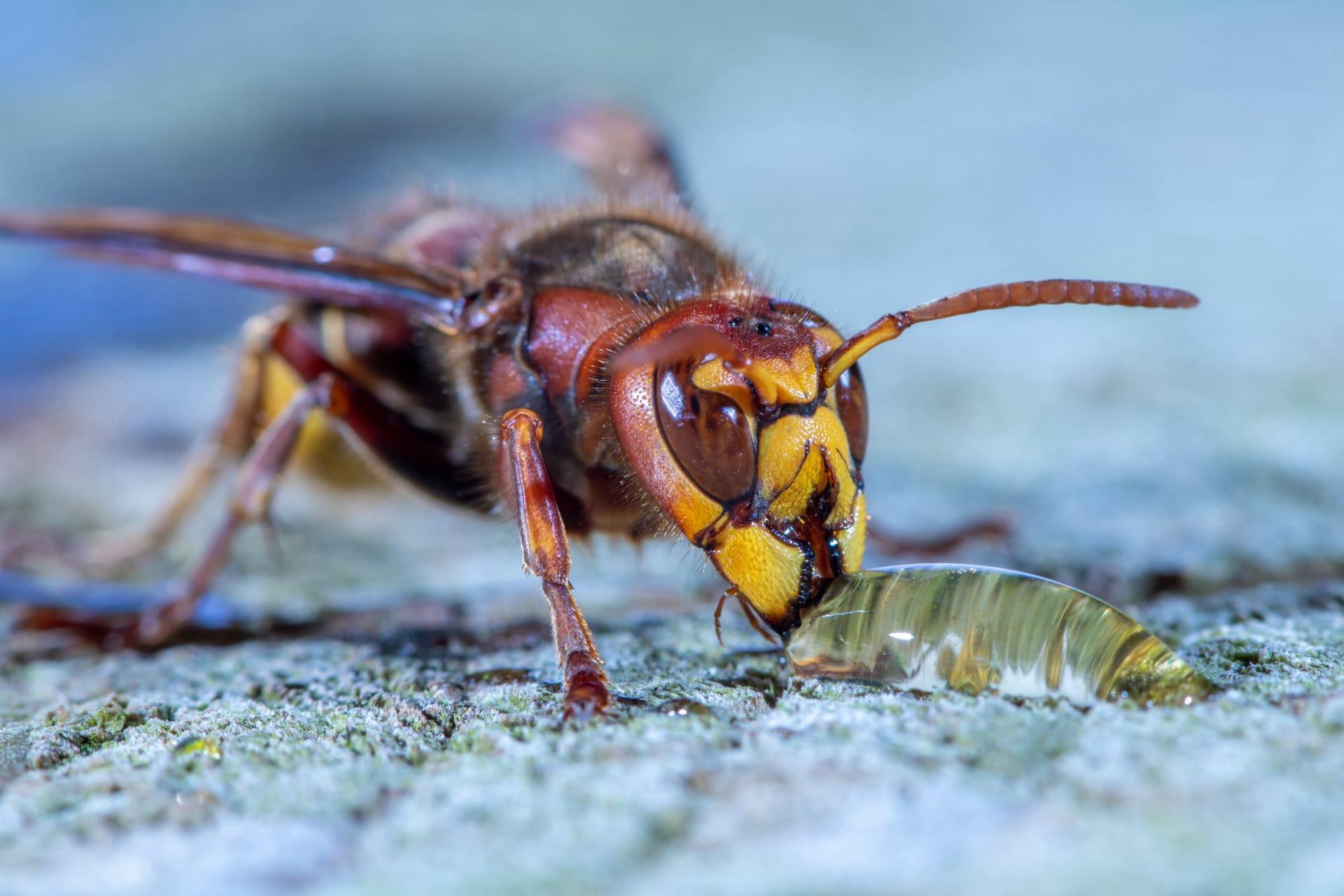European Hornet Trivia
- Home /
- Trivia Question /
- Animal /
- European Hornet Trivia
1
Question: How large can European Hornets grow?
Answer: European Hornets are impressive in size, with queens reaching up to 1.4 inches (3.5 cm) long, and workers varying between 0.8 to 1.2 inches (2 to 3 cm). Their size not only makes them the largest hornet in Europe but also gives them a daunting appearance.
Question: What do European Hornets eat?
Answer: European Hornets have a diverse diet. They primarily feed on large insects like grasshoppers, flies, and bees. Interestingly, they are known to consume tree sap as well. During late summer and fall, they may also be attracted to ripe fruit and human food, which sometimes brings them into conflict with people.

2
Question: Are European Hornets more aggressive than other wasps?
Answer: Contrary to popular belief, European Hornets are not as aggressive as some smaller wasp species. They generally avoid conflict unless their nest is directly threatened. Their sting, while painful, is used primarily for hunting and defense.
Question: Do European Hornets pose a significant danger to honeybee populations?
Answer: While European Hornets do prey on bees, they do not pose a substantial threat to healthy bee colonies. Their hunting impacts are relatively minor compared to other factors like habitat loss, pesticides, and disease that more significantly affect bee populations.

3
Question: How do European Hornets communicate within their colonies?
Answer: European Hornets, like other social wasps, communicate primarily through pheromones. These chemical signals are used for various purposes, including alarm, food sourcing, and coordinating activities within the colony. They also use physical cues and vibrations.
Question: What is the lifespan of a European Hornet?
Answer: The lifespan of European Hornets varies by role. Workers live about 12-22 days, while queens can live up to a year. The queens hibernate during winter and start new colonies in spring, whereas the workers and males (drones) do not survive the winter.

4
Question: How do European Hornets build their nests?
Answer: European Hornets build large, paper-like nests typically located in dark, secluded places like hollow trees, attics, or inside wall cavities. They construct these nests by chewing wood mixed with their saliva, which forms a paper mache-like substance.
Question: Can European Hornets fly at night?
Answer: Yes, European Hornets are one of the few wasp species capable of flying at night. This nocturnal activity is quite unique among eusocial wasps and allows them to hunt insects that are active at night, giving them an ecological advantage.

5
Question: Are European Hornets beneficial to the ecosystem?
Answer: Absolutely! European Hornets are important predators of pest insects, which makes them beneficial for natural pest control. Their role in the ecosystem helps maintain a balance by controlling the populations of other insects.
Question: How does the European Hornet's venom differ from that of other wasps?
Answer: The venom of European Hornets contains a specific compound called acetylcholine, which is not found in the venom of most other wasp species. This compound can cause more pain than the venom of typical bees and wasps, making their stings particularly unpleasant.